Description
Buy OPANA ER TABLETS Online
Buy OPANA ER TABLETS Online, extended-release tablets are for oral use and contain oxymorphone, a semi-synthetic opioid analgesic. OPANA ER extended-release tablets are supplied in 5 mg, 7.5 mg, 10 mg, 15 mg, 20 mg, 30 mg, and 40 mg tablet strengths for oral administration. The tablet strength describes the amount of oxymorphone hydrochloride per tablet.
Oxymorphone has selective affinity for the mu-opioid receptor, whereas oxycodone has weaker mu-receptor affinity and greater kappa-receptor affinity. Oxymorphone has lower protein binding (10% to 12%) compared with morphine (30% to 35%) or oxycodone (45%).Its highly lipophilic properties facilitate its transit across the blood–brain barrier.
Although oxymorphone ER has minimal potential for pharmacokinetic interactions, its use with sedatives, tranquilizers, hypnotics, phenothiazines, and other central nervous system (CNS) depressants can produce additive effects. Hence, as with other opioids, vigilance is required in preventing pharmacodynamic interactions during therapy with oxymorphone ER. Pharmacists can help prevent medication errors, particularly those that result in drug interactions. Patients receiving opioid therapy for chronic pain may have complex medical problems, often requiring the involvement of their primary care physician, a pain specialist, and one or more medical or surgical s
CLINICAL TRIAL PROGRAM; The clinical trial program for oxymorphone ER has included more than 2,000 opioid-naive and opioid-experienced patients with chronic cancer pain and non-cancer pain. The duration of treatment ranged from two weeks to two years. Collectively, the trials demonstrated that oxymorphone ER was an effective, generally well-tolerated 12-hour opioid agent in controlling chronic pain.
The tablets contain the following inactive ingredients: hypromellose, polyethylene oxide, polyethylene glycol, α-tocopherol, citric acid, polyvinyl alcohol, titanium dioxide, macrogol and talc. The chemical name of oxymorphone hydrochloride is 4, 5α -epoxy-3, 14-dihydroxy-17-methylmorphinan-6-one hydrochloride, a white or slightly off-white, odorless powder, which is sparingly soluble in alcohol and ether, but freely soluble in water. The molecular weight of oxymorphone hydrochloride is 337.80. The pKa1 and pKa2 of oxymorphone at 37°C are 8.17 and 9.54, respectively. The octanol/aqueous partition coefficient at 37°C and pH 7.4 is 0.98.
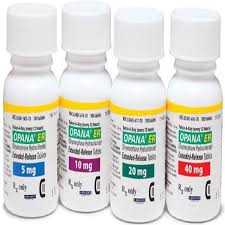
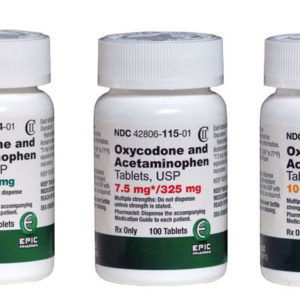
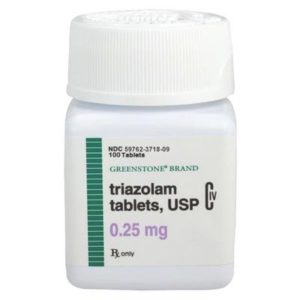
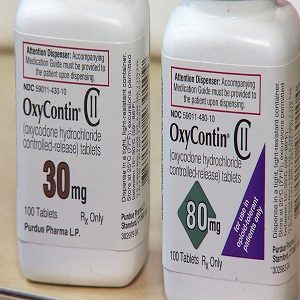
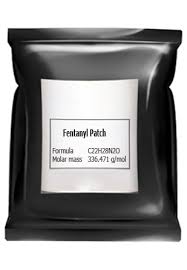
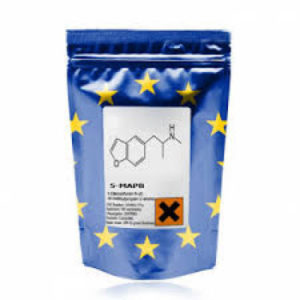
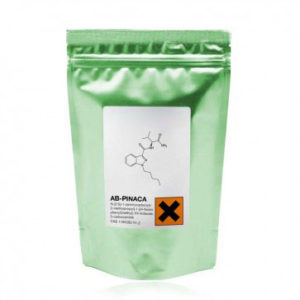
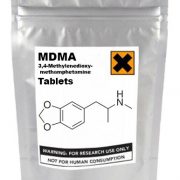
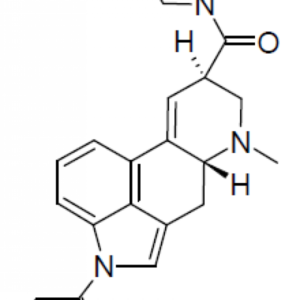

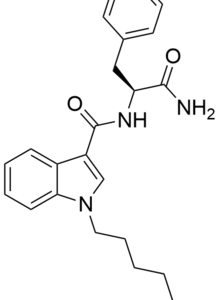
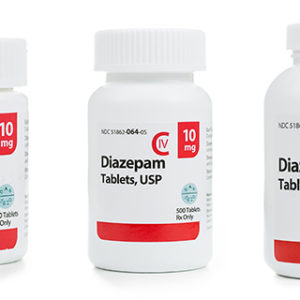
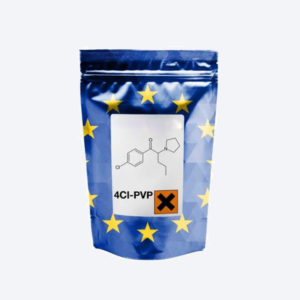
Reviews
There are no reviews yet.